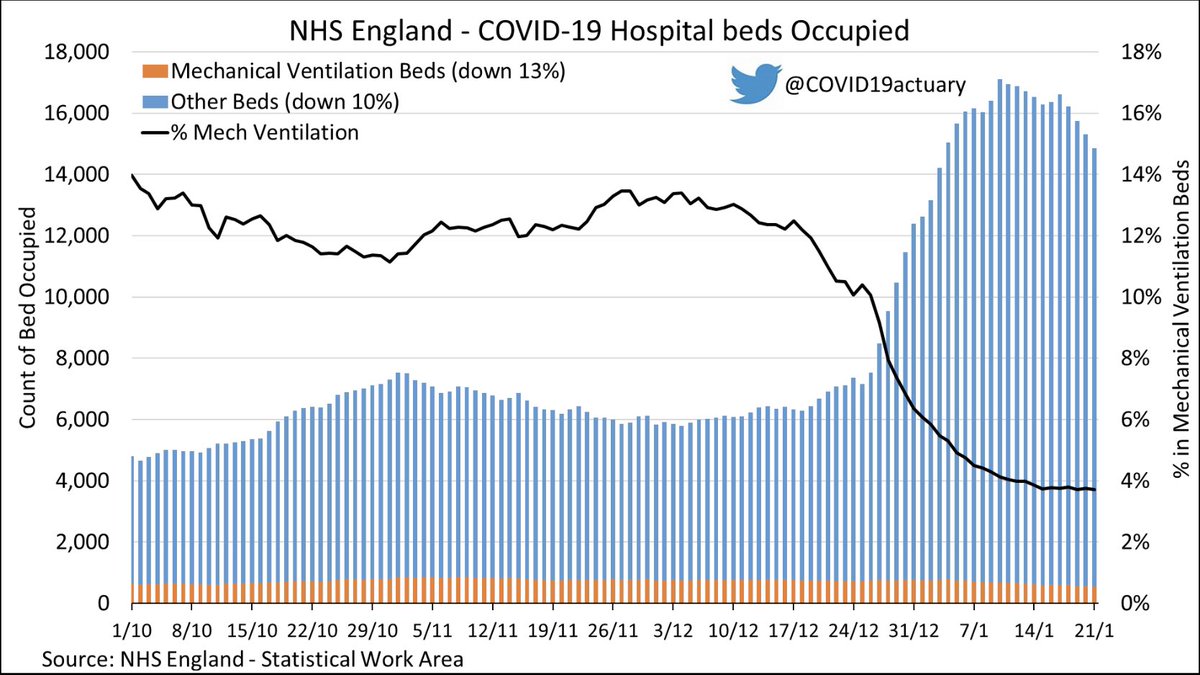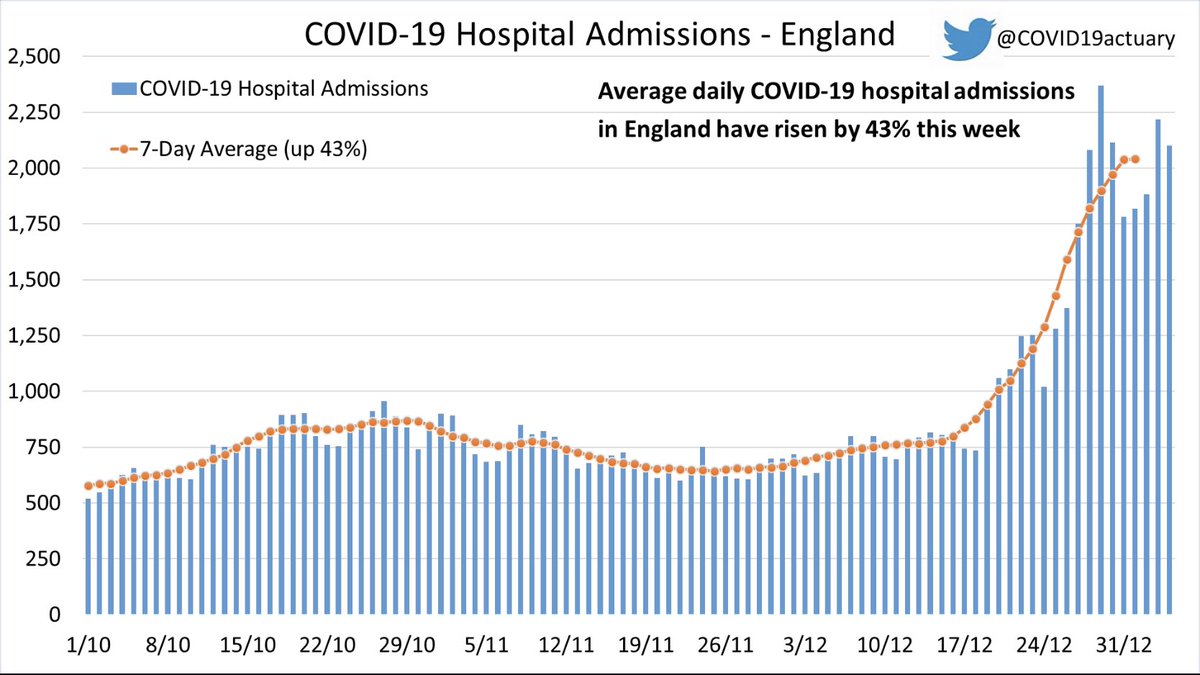
Our 63rd Friday Report is now available covering recent developments with vaccines, treatments and data.
In this edition (thread):
•Vaccine safety results
•Duration of mRNA vaccine protection against Omicron
covidactuaries.org/2022/03/18/the…
In this edition (thread):
•Vaccine safety results
•Duration of mRNA vaccine protection against Omicron
covidactuaries.org/2022/03/18/the…
Also included:
•Road ahead for COVID vaccination
•BA.2 dominant in England
•Risk of severe outcomes – Omicron v Delta
•Evusheld as vaccine alternative
•More evidence Ivermectin doesn’t improve outcomes
•COVID-19 impact on brain function
covidactuaries.org/2022/03/18/the…
•Road ahead for COVID vaccination
•BA.2 dominant in England
•Risk of severe outcomes – Omicron v Delta
•Evusheld as vaccine alternative
•More evidence Ivermectin doesn’t improve outcomes
•COVID-19 impact on brain function
covidactuaries.org/2022/03/18/the…

Also included:
•Omicron survives longer on surfaces
•Worldwide excess mortality
•Transmissibility comparison – Omicron v Delta
•Infection studies (REACT and ONS)
•ONS antibody levels and COVID mortality
•UKHSA 28-day mortality vs ONS
covidactuaries.org/2022/03/18/the…
•Omicron survives longer on surfaces
•Worldwide excess mortality
•Transmissibility comparison – Omicron v Delta
•Infection studies (REACT and ONS)
•ONS antibody levels and COVID mortality
•UKHSA 28-day mortality vs ONS
covidactuaries.org/2022/03/18/the…

And finally, a breathalyser to detect COVID?
Thanks as ever to the #FridayReport team. This week’s update came from @john_actuary, @AdeleGroyer, @DanRyanCoios and @longevitymatt.
Have a good weekend.
covidactuaries.org/2022/03/18/the…
Thanks as ever to the #FridayReport team. This week’s update came from @john_actuary, @AdeleGroyer, @DanRyanCoios and @longevitymatt.
Have a good weekend.
covidactuaries.org/2022/03/18/the…
• • •
Missing some Tweet in this thread? You can try to
force a refresh



















